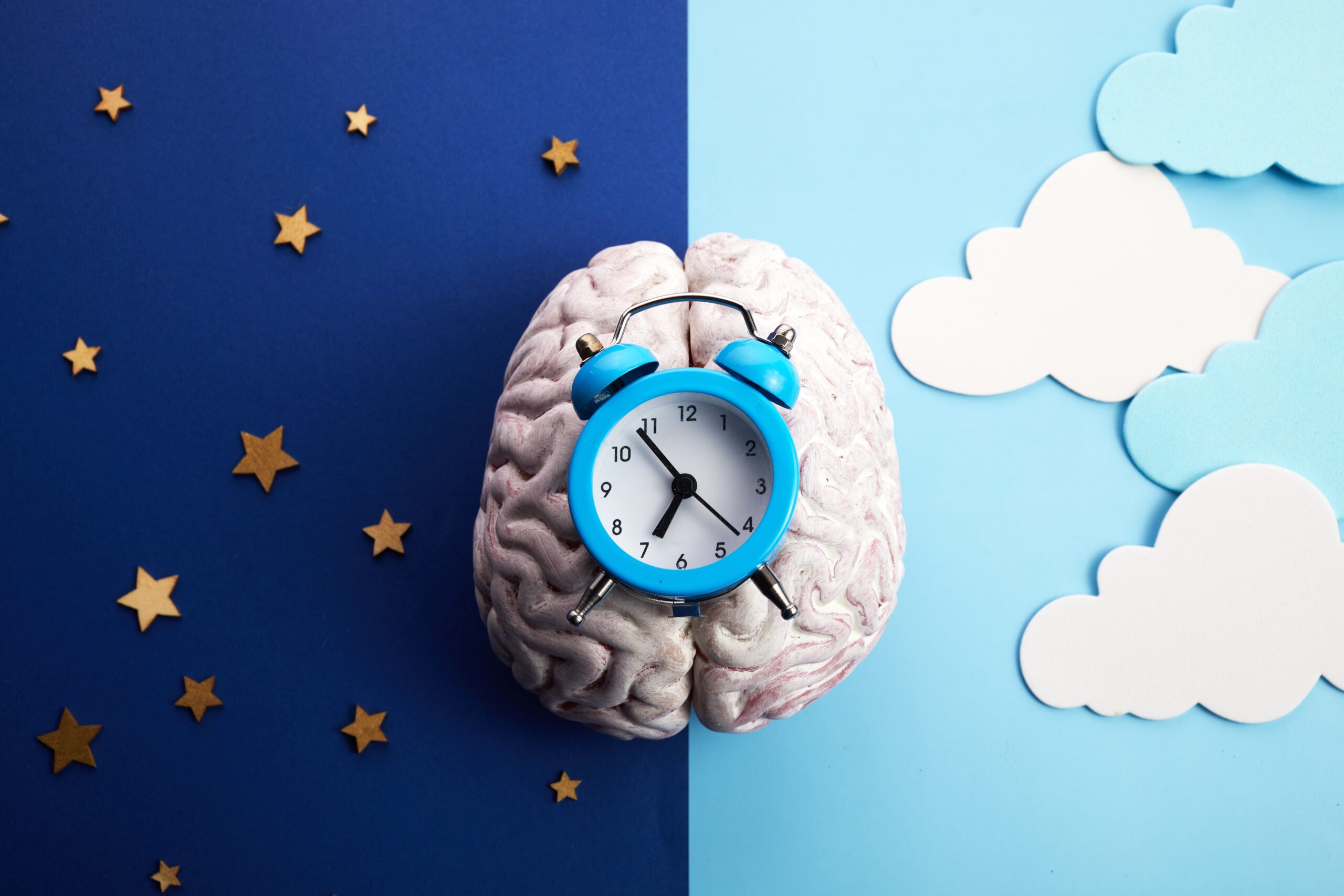“An apple a day keeps the doctor away” is an idiom most people learn from an early age. But what if it were “A workout a day keeps depression away?” Would people take heed and get those 10,000 steps or go lift at the gym? The answer should be a resounding “Yes!” as physicians, researchers and fitness experts have all opined that there is a direct link between being physically active and combating depression, anxiety and overall mental well-being.
In a study published in June 2018, scientists reviewed 33 randomized clinical trials involving 1,877 participants to determine whether resistance exercise training impacted depressive symptoms among adults. This comprehensive study found that these workouts significantly reduced depression, even if the participants did not show significant improvements in strength. These results are significant, as depression affects more than 300 million people globally. It is a common reason people miss work or receive disability benefits, an economic burden of about $118 billion each year.
Not only is depression expensive, but it directly impacts a person’s physical health as well, increasing risks for heart disease, Alzheimer’s and diabetes, to name a few. Therefore, if we can find a way to battle the symptoms of depression with simple steps such as resistance exercise training, we should make it an all-out war.
In addition to resistance training, the benefits of aerobic exercise for improving mental health are well-established. In a 2012 study, researchers compared exercise to standard treatment for depression. They determined that exercise reduces depressive symptoms in patients with mild-to-moderate depression and improves overall functioning.
In fact, physical activity is so essential to the general population that it is recommended by both the Center for Disease Control and Prevention (CDC) and the American College of Sports Medicine (ACSM). Their consensus “public health message” is that “every North American adult should accumulate 30 minutes or more of moderate-intensity physical activity on most, preferably all, days of the week.” Evidence also indicates that regular physical activity may protect against the development of depression or that physical inactivity might be a risk factor for depression.
So, how does one get enough physical activity to prevent or mitigate anxiety and depression? Although most people have sedentary jobs that require 8 hours per day seated in front of a computer, the desired outcomes of better mental health are achievable with relatively small time commitments. Recommendations include three 20-minute walks per day, which should garner three miles, for approximately 6,000 steps (and 450 calories burned for a 150-pound person). These “intentional” steps should easily combine with the 5,000 steps associated with a sedentary lifestyle to reach the 10,000 steps that the Centers for Disease Control recommends daily. Add to this a half-hour of resistance or weight-training 2 to 3 times per week, along with aerobic exercise 3 times per week, such as riding a stationary bike, jogging, swimming, aerobics, pilates or other moderately strenuous activity.
Overall, the time commitment for these simple recommendations is only one and a half hours daily. Taking out some TV time and waking up a half-hour earlier can create enough time and be an excellent investment in becoming a mentally healthier person.








Leave A Comment